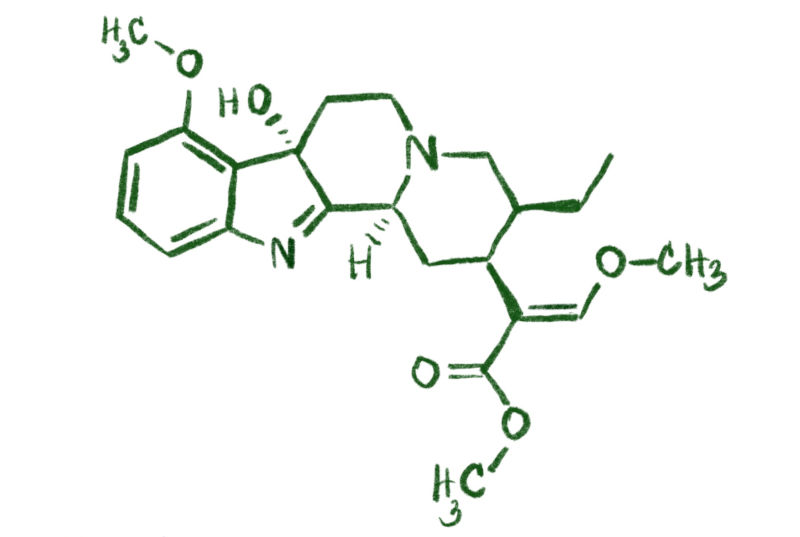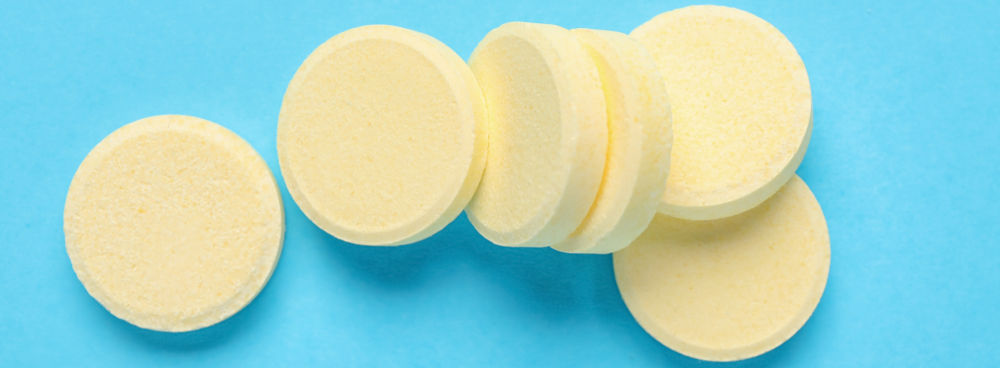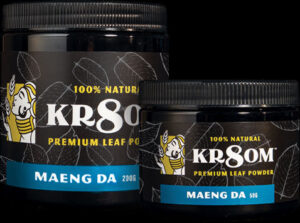7-Hydroxymitragynine (7OH) is a potent alkaloid derived from kratom, known for its strong analgesic effects and interaction primarily with mu-opioid receptors. It is available in various forms, including tablets and powder, each with unique advantages and considerations. This guide will help you understand how to use these forms, their benefits and drawbacks, and dosing differences to make an informed choice.

1. Product Forms and Usage
7OH Tablets
- Description: Pre-measured, compressed doses of 7OH, often available in strengths ranging from 1 mg to 30 mg per tablet.
- Usage: Swallowed with water like any standard pill.
- Advantages: Precise dosing, convenient, portable, and discreet.
- Ideal for: Beginners or those seeking consistent, controlled intake without measuring.
7OH Powder
- Description: Loose powdered form of 7OH, which can be weighed and measured manually.
- Usage: Can be mixed with water, juice, or taken directly; some users prefer encapsulating it themselves.
- Advantages: Flexible dosing, often more cost-effective, and can be adjusted finely.
- Ideal for: Experienced users comfortable with measuring doses, or those who want to customize their intake.
2. Benefits of Each Form
| Feature | 7OH Tablets | 7OH Powder |
|---|---|---|
| Dosing Accuracy | High – pre-measured, consistent dose | Variable – depends on user measurement |
| Convenience | Very convenient, easy to carry and consume | Less convenient, requires measuring tools |
| Onset of Effects | Typically 15–30 minutes | Similar onset, but may vary slightly due to form |
| Shelf Life | Longer shelf stability | May degrade faster if not stored properly |
| Cost | Generally higher per mg | More economical for bulk purchase |
| Taste | Tasteless or mild taste | Bitter, may require mixing with flavored liquids |
3. Drawbacks and Considerations

7OH Tablets
- Less flexible dosing: You cannot easily adjust dose increments smaller than the tablet size.
- Potential additives: Tablets may contain binders or fillers, which some users prefer to avoid.
- Higher cost: Per mg, tablets tend to be more expensive due to processing and packaging.
7OH Powder
- Dosing errors: Risk of inaccurate dosing if not measured carefully, which can lead to under- or overdosing.
- Taste and texture: The bitter taste may be unpleasant; some users find it difficult to consume directly.
- Storage sensitivity: Powder can clump or degrade if exposed to moisture or improper storage conditions.
4. Dosing Differences and Guidelines
Typical Dosing Range
- 7OH Tablets: Starting doses are generally 1-2 mg, with some products offering up to 30 mg per tablet. Beginners should start at the lowest dose to assess sensitivity.
- 7OH Powder: Dosing typically ranges from 1 mg to 6 mg per serving, but users must weigh doses carefully using a milligram scale.
Onset and Duration
- Onset: Tablets and powder have a similar onset time of about 15 to 30 minutes due to oral administration.
- Duration: Effects last approximately 2 to 4 hours for both forms, with slight variation depending on metabolism and dose.
Bioavailability and Potency
- 7OH is about 10 times more potent than morphine and significantly more potent than mitragynine (the main kratom alkaloid). This means dosing must be precise to avoid adverse effects.
- Tablets offer more predictable bioavailability due to standardized formulation.
- Powder bioavailability can vary slightly depending on how it is consumed (e.g., with or without food).
5. Effects and Experience
7OH Tablets
- Provide consistent, reliable effects with less variability between doses.
- Users report strong analgesia, mild euphoria, improved focus, and mood enhancement.
- Lower risk of accidental overdose due to precise dosing.
7OH Powder
- Effects can be more variable, depending on dose accuracy and personal metabolism.
- Offers the ability to titrate dose finely for personalized experience.
- Some users report a more immediate onset when powder is consumed without food.
6. Benefits and Risks of 7OH Itself
- Benefits: Potent pain relief, mood enhancement, and potential for fewer side effects than traditional opioids due to G-protein biased agonism at mu-opioid receptors.
- Risks: Dependence potential, withdrawal symptoms, risk of overdose-like respiratory depression especially when combined with other sedatives, and variability in product quality due to lack of regulation.
7. How to Use 7OH Safely
- Always start with the lowest recommended dose to gauge your sensitivity.
- Use precision scales if dosing powder to avoid overdose.
- Avoid combining 7OH with other depressants like alcohol or benzodiazepines.
- Purchase from reputable sources like 7ohglobalkratom.com to ensure product quality and accurate labeling.
- Be aware of legal regulations and potential health risks.
8. Summary Table: 7OH Tablets vs. 7OH Powder
| Aspect | 7OH Tablets | 7OH Powder |
|---|---|---|
| Form | Compressed pill | Loose powder |
| Dosing Accuracy | High (pre-measured) | Variable (user-measured) |
| Convenience | Easy to carry and consume | Requires measuring and mixing |
| Taste | Mild or tasteless | Bitter, may need flavor masking |
| Cost | Higher per mg | More economical in bulk |
| Onset | 15–30 minutes | 15–30 minutes |
| Duration | 2–4 hours | 2–4 hours |
| Suitability | Beginners, precise dosing needed | Experienced users, flexible dosing |
| Risks | Lower risk of dosing errors | Higher risk if not measured carefully |
In conclusion, both 7OH tablets and powder offer effective ways to experience the potent benefits of 7-hydroxymitragynine. Tablets provide convenience and dosing precision, ideal for newcomers or those seeking consistency. Powder offers flexibility and cost savings but requires careful measurement to ensure safety. Understanding these differences will help users optimize their experience while minimizing risks.
Note: Always consult healthcare professionals before starting any new supplement, especially potent compounds like 7-hydroxymitragynine.



